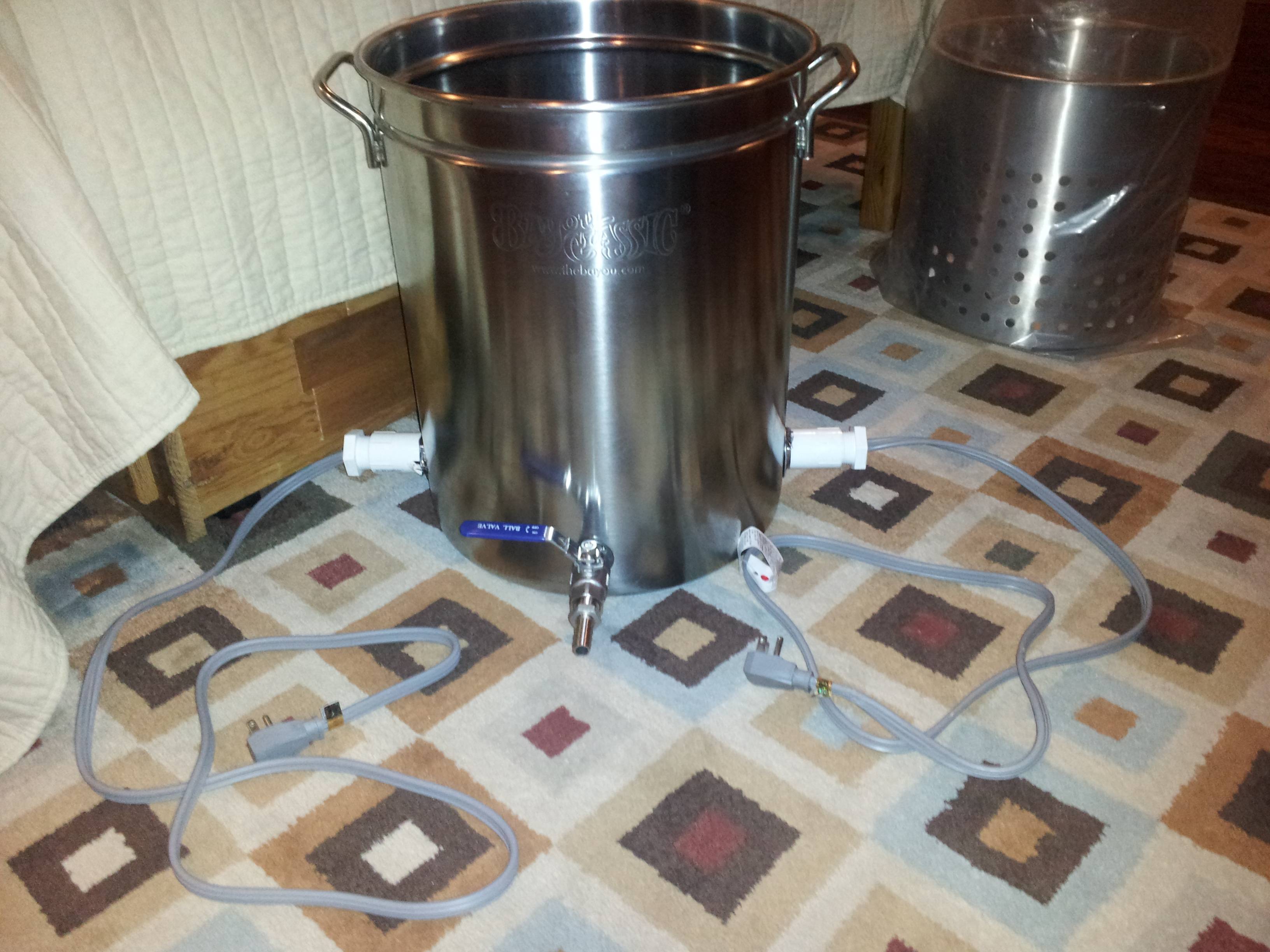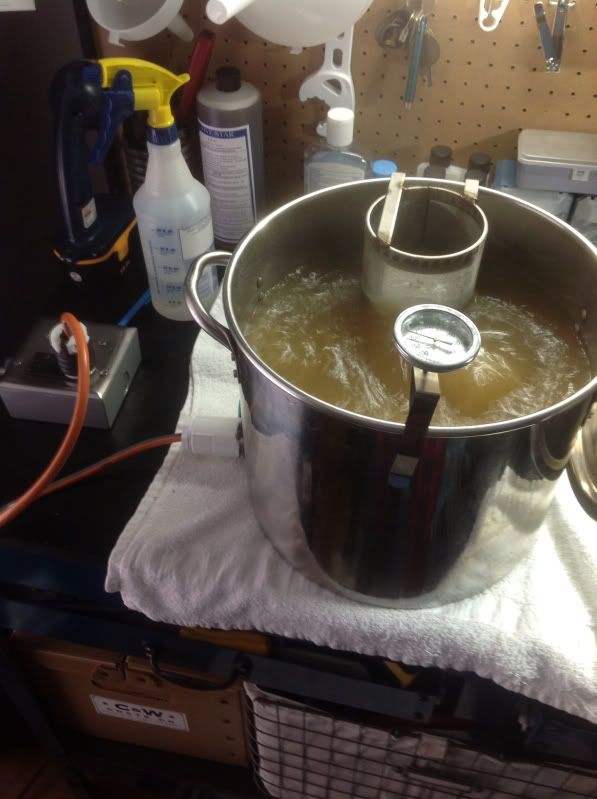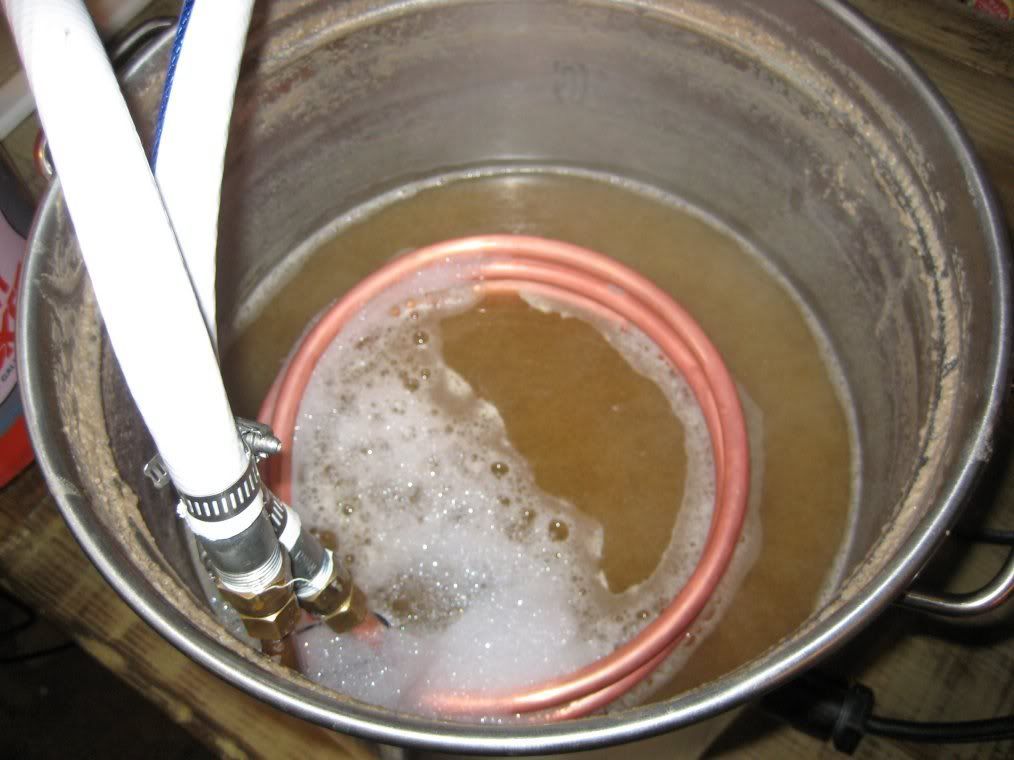wilserbrewer
BIAB Expert Tailor
I have a rather dumb question. Well maybe not, well see.
So, I'm thinking of attaching my element this way and was wondering about grounding the element. If I don't want to solder the wire (because I don't have the tools available) could I just screw in a any old screw and attach the grounding wire to that on the inside. In most conduit boxes it looks like the grounding is just a screw on the inside, can I just recreate this or am I probably going to kill myself?
The kettle and the element should both be grounded for a three wire gfci outlet w/ ground, some attach a ground screw to the kettle to do this.
There are also 2 wire gfci's that function without ground, caution should be used....I know nothing about them only that they exist...
http://www.coopersafety.com/product...=Shopping&utm_campaign=ShoppingCom&sid=104086












![Craft A Brew - Safale S-04 Dry Yeast - Fermentis - English Ale Dry Yeast - For English and American Ales and Hard Apple Ciders - Ingredients for Home Brewing - Beer Making Supplies - [1 Pack]](https://m.media-amazon.com/images/I/41fVGNh6JfL._SL500_.jpg)



















































